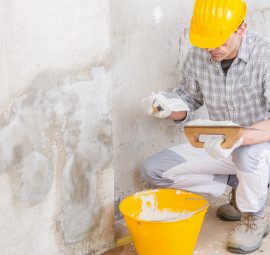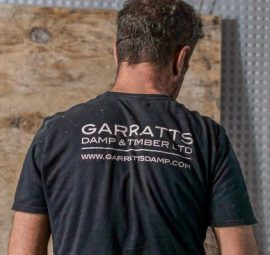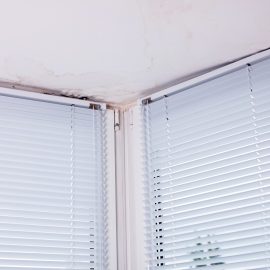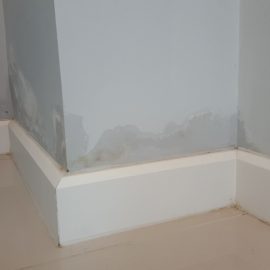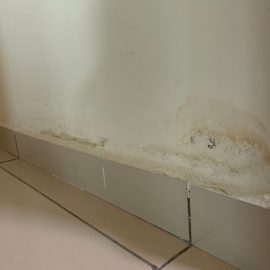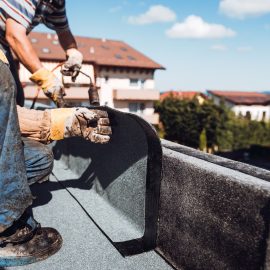Fixing Damp and Timber Issues Can Reduce Energy Bills
The current cost-of-living crisis is leaving so many people globally in financial insecurity due to extortionate energy bills, rising food costs, and more. As a result, a number of UK residents are being forced to reduce their outgoings, with some even making a choice between…
Read more >Can Damp Devalue A House Price?
If you write into a Google search engine, ‘how much does damp devalue a house?’, you’ll get a range of different answers between 10 and 53 per cent. The variables take into account the spread of the damp, how long it has been left to…
Read more >Energy-Saving Guide for Landlords and Tenants: Expert Tips
There are two major issues weighing on the shoulders of property owners in the UK at the moment, particularly if you are a portfolio landlord or housing association - energy bills and lowering EPC ratings. An EPC, or Energy Performance Certificate, is measured from A…
Read more >Important Criteria for Selecting your London Damp Proofing Company
London is a city notorious for its cold, damp homes, lack of infrastructural investment, and poor repair and maintenance. As a result, many properties suffer, particularly during the colder winter months, and the very fabric of the buildings deteriorates. London is also a city of…
Read more >How to Identify Different Wood-Boring Insects
Upon noticing signs of wood-boring beetles, your first thought likely turns to how to get rid of them. Different wood bugs cause different types of damage, which may lead to differing UK wood-boring beetle treatments. As a result, being well-equipped in wood-boring beetle identification in…
Read more >How to Dry Out Damp Walls
Damp is a common problem that many homeowners face, with one of the most prevalent symptoms being damp wallpaper or wet plaster, wet timber etc. If your walls are wet, there’s a high chance you’re dealing with either rising damp, penetrating damp, condensation or a…
Read more >Penetrating Damp vs Rising Damp
There are three main types of damp most homeowners will encounter at some stage: condensation, penetrating damp, and rising damp. Condensation is easy to identify and it’s also easy to prevent and treat, but penetrating and rising damp are a bit more complex, and to…
Read more >Signs Your DPC is Compromised
Every house built in the UK after the late Victorian era was constructed with a DPC (damp proof course). It became mandatory in London in 1875 and the rest of the UK soon followed suit in a bid to try and prevent moisture from making…
Read more >How To Waterproof Your House for Winter
As we approach winter, more rainy days are pending, putting our houses at risk of letting water in. In order to prevent this, we must pay closer attention to our home’s exterior to identify gateways for water which could cause damage to our structure’s integrity.…
Read more >Is DIY Damp Proofing a Good Idea?
Is DIY Damp Proofing a Good Idea? Damp is a common issue that many homeowners face, whether they live in a suburban flat or a seaside bungalow. It can affect properties of every age, new or old, although some buildings are more susceptible damp based…
Read more >
